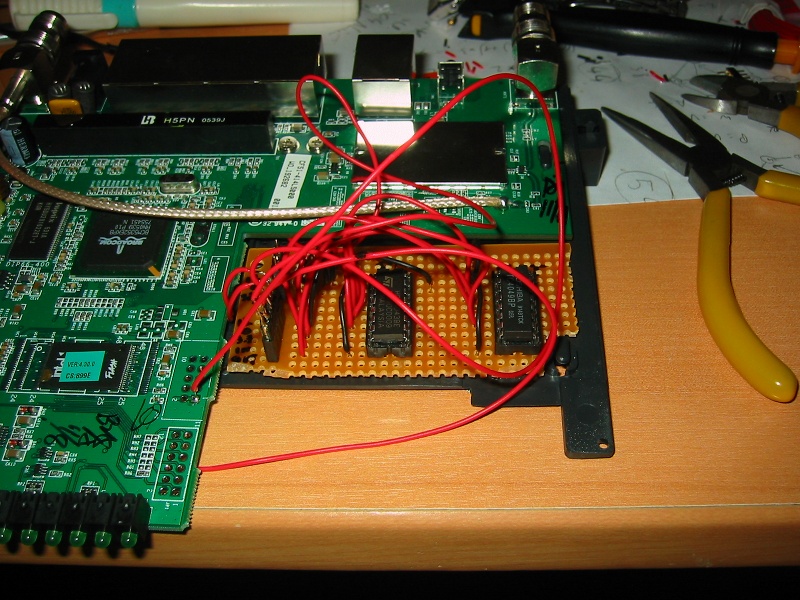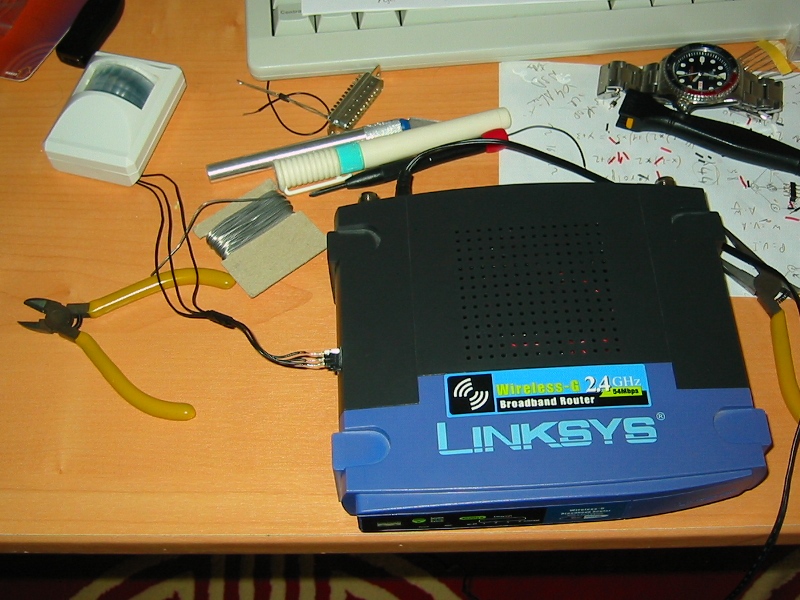This solution is so simple it will blow your mind away. Twice.
I have tested it on my 2006 Mac Pro, using a Sapphire 4870 with 512MB VRAM (early model, based on ATI's reference design). The machine is running Snow Leopard 10.6.1.
The test might be a little biased, as I originally installed Snow Leopard using the 4870 card. I only reflashed it with its original non-EFI BIOS for the purpose of this test.
You'll need the iMac Graphics Update 1.0.2 and Pacifist.
First, mount the graphics update image and use Pacifist to open it. You'll need to extract two files from here, using administrator privileges: ATIROMFlasher.kext and ATIFacelessFlash.app.
After extracting them, we'll first need to make sure the kext is able to load. Open a Terminal, and run "
On my system, it complained about authentication failures, and also showed a few warnings. The warnings can be ignored, but the auth issues have to be fixed, using those two commands: "
Then, we'll remove the iMac firmwares from the archive: "
Note: removing the other firmwares is only important if you have other ATI cards in your mac. When ran, the ATIFacelessFlash application looks for all files in the Resources directory, tries to find a match in your PCI devices, and when one is found, initiates the flashing. So it could "harm" one of your other ATI cards. And I don't know how it behaves with a 4870X2 card, *IF* it is seen by the system as two cards with the same ID, *BUT* each need a different firmware for the card to work fine. From a quick disassembly, I'd say that only the first one would be flashed.
Now, time to plug the PC 4870 card in your machine. I had it in the 1st PCI Excodess slot, with no display connected, and the 7300 GT that originally came with my Mac in the 3rd PCI Excodess slot, driving my display. I don't know if MacOS X can boot without any graphics card, but if it does, you could also use ssh instead of a second card, if you have a second machine available.
Restart your mac, and flash the card: "
Then reboot once more, and voilà, your 4870 is now a Mac card. No need to boot a FreeDOS CD, no need to create a FAT partition on your disks.
I have tested it on my 2006 Mac Pro, using a Sapphire 4870 with 512MB VRAM (early model, based on ATI's reference design). The machine is running Snow Leopard 10.6.1.
The test might be a little biased, as I originally installed Snow Leopard using the 4870 card. I only reflashed it with its original non-EFI BIOS for the purpose of this test.
You'll need the iMac Graphics Update 1.0.2 and Pacifist.
First, mount the graphics update image and use Pacifist to open it. You'll need to extract two files from here, using administrator privileges: ATIROMFlasher.kext and ATIFacelessFlash.app.
After extracting them, we'll first need to make sure the kext is able to load. Open a Terminal, and run "
sudo kextutil -nt ATIROMFlasher.kext" to check whatever problems it might have.On my system, it complained about authentication failures, and also showed a few warnings. The warnings can be ignored, but the auth issues have to be fixed, using those two commands: "
sudo chown -R root:wheel ATIROMFlasher.kext" and "sudo chmod -R 644 ATIROMFlasher.kext".Then, we'll remove the iMac firmwares from the archive: "
sudo rm ATIFacelessFlash.app/Contents/Resources/*IMG" and add the correct firmware to the flash utility: "sudo cp 4870.ROM ATIFacelessFlash.app/Contents/Resources/".Note: removing the other firmwares is only important if you have other ATI cards in your mac. When ran, the ATIFacelessFlash application looks for all files in the Resources directory, tries to find a match in your PCI devices, and when one is found, initiates the flashing. So it could "harm" one of your other ATI cards. And I don't know how it behaves with a 4870X2 card, *IF* it is seen by the system as two cards with the same ID, *BUT* each need a different firmware for the card to work fine. From a quick disassembly, I'd say that only the first one would be flashed.
Now, time to plug the PC 4870 card in your machine. I had it in the 1st PCI Excodess slot, with no display connected, and the 7300 GT that originally came with my Mac in the 3rd PCI Excodess slot, driving my display. I don't know if MacOS X can boot without any graphics card, but if it does, you could also use ssh instead of a second card, if you have a second machine available.
Restart your mac, and flash the card: "
sudo kextload ATIROMFlasher.kext" (loads the interface to the card), "sudo open ATIFacelessFlash.app" (flashes the card. The app should appear in your Dock, wait for it to complete), "sudo kextunload ATIROMFlasher.kext" (unloads the interface).Then reboot once more, and voilà, your 4870 is now a Mac card. No need to boot a FreeDOS CD, no need to create a FAT partition on your disks.





